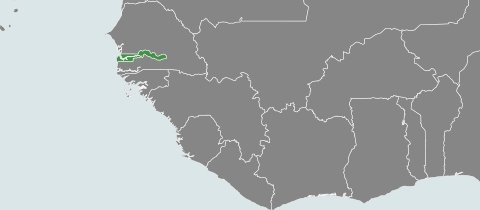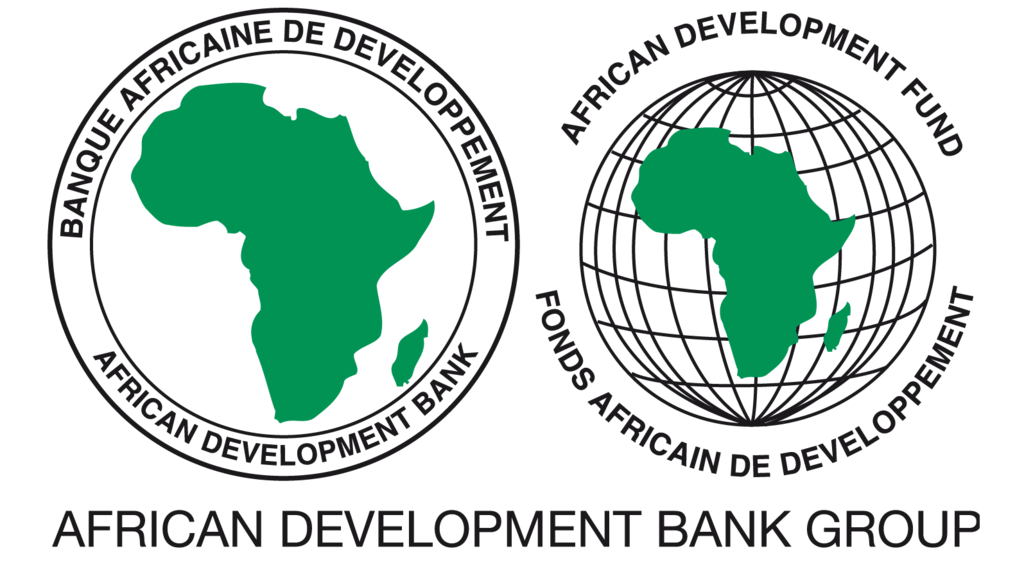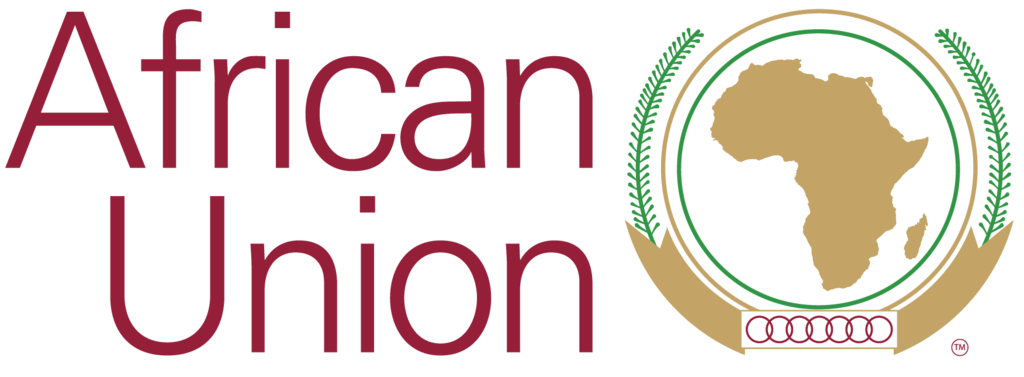At a glance
More than one third of Gambians have access to electricity, with rural electrification of 16%. Access to clean cooking solutions is limited to 3% nationally.
The Gambia was one of the first country in Africa to finalize and adopt the SEforALL Action Agenda and Investment Prospectus. The Agenda envisages full electricity access at the household level in urban areas and at the community level in rural areas by 2030, and universal access to clean cookstoves. The Gambia intends to achieve these targets with a combination of grid extension and mini grids and isolated systems and, crucially, it set a high target of renewable electricity to be achieved by 2030 of 48% (that includes hydro power shared with Senegal and Guinea from the OVSG).
The Gambia’s SEforALL Investment Prospectus was designed to provide an approach for operationalising the Gambia SEforALL Action Agenda by identifying and developing a set of implementable programmes and projects, including their investment requirements, that can be presented to potential private and public investors. The IP includes 18 concept notes or project ideas at various stages of development that address all three SEforALL long-term objectives.
The SEforALL focal Point is in the Ministry of Energy.
| SEforALL Action Agenda Objectives | 2030 |
|---|---|
| Electricity Access, national | 100% |
| Access to non-solid fuels, national | 100% |
| Renewable Energy Output | 48% |
| Energy Efficiency | n.a. |
| Country Action Documents | Status |
|---|---|
| Rapid Assessment | Finalized |
| Action Agenda | Finalized |
| Investment Prospectus | Finalized |
Documents
- Gambia: Action Agenda (2.47 MB)
- Gambia: Rapid Assessment Gap Analysis (1.65 MB)
- Gambia: Investment Prospectus (1.31 MB)
Country statistics
| Series | 2010 | 2012 | 2014 | 2016 |
|---|---|---|---|---|
| Access to electricity (% of population) | 42.1% | 42.7% | 45.2% | 47.8% |
| Urban (% of urban population) | 63.8% | 42.7% | 66.6% | 69% |
| Rural (% of rural population) | 14.1% | 13.3% | 14.4% | 15.5% |
| Access to clean fuels and technologies for cooking (% of population) | 3.9% | 3.2% | 3.3% | 3.3% |
| Population, total | 1.7 Million | 1.8 Million | 1.9 Million | 2.0 Million |
| Renewable energy consumption (% of total final energy consumption) | 50.2% | 49.8% | 48.1% | - |
| Renewable electricity output (% of total electricity output) | - | - | - | - |
| Electric power consumption (kWh per capita) | - | - | - | - |






